Ask any veteran teacher about the changes they have seen and more often than not they cite an increase in behavioural difficulties and an increase in ADHD diagnosis amongst their students.
While it is still seen as controversial, the evidence base is growing to show how food can affect hyperactivity, irritability, restlessness, inattention and quality of sleep in children. It was first raised in the mid-1970s that food additives could affect children’s behaviour.
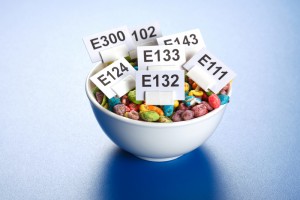 What’s food got to do with it?
What’s food got to do with it?
Over the last 15-20 years we have seen significant changes to our food supply and diet. The ever growing range of processed and packaged foods complete with a skyrocketing increase in the use of food additives, supports the ‘new’ food culture – one that demands food to be quick, easy and ‘instant’. It is estimated that these changes in our diet have seen the average Australian adult now consume at least 5kg of food additives each year.
What’s the school got to do with it?
Regardless of how often children use the school tuckshop, a schools attitude toward food and what it allows for sale is a powerful influence on children’s behaviour in and out of the classroom. The advice from all over the world has shown that significant changes in classroom behaviour can be achieved through reviewing what’s on the menu.
In 2004 ABC TV’s catalyst program reported on a trial conducted by Rosemeadow Public School in New South Wales. Principal Michael Young had a hunch that food was related to the behavioural problems in his school. He turned his school into a sugar and preservative free zone, removing preservatives, red and green cordials and got soft drinks off the menu. Within six weeks they began to notice a change: a 40 to 60% drop in certain types of behaviour that children were exhibiting in the classroom, and a 30 to 40% an increase in the length of time children could concentrate on a task.
In 2007 Nana Glen Primary School in New South Wales implemented a similar program. They found detentions dropped from an average of 6 per week to none during the additive free trial. (see video by clicking here)
Schools in the UK have also taken steps to ban additives from its meals to address classroom behaviour. Staff from a school in Worcestershire started the trial after discovering a study showing one in four children have tantrums as a result of eating too many additives. They banned 27 additives – including the yellow colouring in custard – during a two week trial. After two weeks staff noticed an improvement in pupils’ behaviour and concentration levels. More than 30% of parents noticed their children were better behaved during the trial and 18% said their children were sleeping better. (see report by clicking here)
In 1986 a trial of a low additive policy for school breakfasts and lunches in 803 schools in New York was associated with a nearly 16% increase in academic ranking compared to the rest of the nation’s schools. The biggest difference was seen in children identified as ‘learning disabled’. (see report by clicking here)
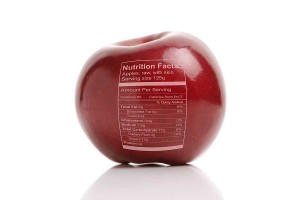 This small selection of trials from throughout the world demonstrates the important role the school tuckshop/ canteen plays in behaviour management for the classroom and helping to establish healthy habits. Schools need to take a stand to sell foods that aren’t just chosen for their fat and fibre content. It is time that schools focused on looking at the ingredients list and quality of ingredients in the food. We need to start asking for the evidence that demonstrates these ingredients HELP children learn better, instead of wanting to know IF they drive them to distraction!
This small selection of trials from throughout the world demonstrates the important role the school tuckshop/ canteen plays in behaviour management for the classroom and helping to establish healthy habits. Schools need to take a stand to sell foods that aren’t just chosen for their fat and fibre content. It is time that schools focused on looking at the ingredients list and quality of ingredients in the food. We need to start asking for the evidence that demonstrates these ingredients HELP children learn better, instead of wanting to know IF they drive them to distraction!
The schools that take a stand to improve behaviour management practices by looking at what is sold in the tuckshop have been able to win over parental support by sending home calmer children.
Where do you start?
Taking it one step at a time and beginning with simple changes in the tuckshop can make a difference:
- Stock only bread products which do not contain 282 or other proprionate preservatives.
- Look for products without the six artificial colours and one preservative that were identified in a UK government funded study to be linked to hyperactivity in children: 102 (Tartrazine), 104 (Quinoline Yellow), 110 (Sunset Yellow FCF), 122 (Azorubine or Carmosine), 124 (Ponceau 4R), 129 (Allura Red AC), and 211 (Sodium Benzoate)
- Do not stock any drinks which contain benzoate preservatives. Stock water, and 100% juices instead.
Starting somewhere is better than doing nothing.
In the late 90’s I worked in the area of Nutrition and School Tuckshops (for five years…) and I used to review tuckshop menus and provide advice on improvements, and deliver workshops to tuckshops on how to sell healthy foods to kids. At that time all we focused on was the fat, sugar, sodium content of the foods sold.
Would you believe it’s still the same over the last 15 or so years? We’ve not expanded our scope and definition to look at what’s really in the food we feed kids at school. Somewhere, somehow we’ve sold out the tuckshop to be a money making enterprise, we’ve believed the statement that the tuckshop should provide some ‘treats’. I thought having tuckshop WAS a treat – it doesn’t mean treat has to be junk. A treat can be a hot meal on a cold day!
It is time that we really look at the purpose of a tuckshop. I’ve heard every reason under the sun why ‘healthy’ tuckshops won’t make money, I’ve heard about the pressures placed on the tuckshop to make more money. We forget the people the tuckshop is selling to are our future – our kids. The decisions about what to stock in the tuckshop in many cases (not all) seem to be driven by the all mighty dollar vs what’s in the best interest of kids when they are at SCHOOL. Let’s fill kids up on foods that will help them concentrate in the classroom! Why is the tuckshop off limits to implementing classroom learning?
I’ve started working with a progressive school that has a GREAT menu – on PAPER it is fantastic. But they have recognised since getting a bit of ‘additive education’ that there is a little bit more to what’s in our food. Now they are alert to the additives they are so keen to work together to find better alternatives. They want to make sure the kids are learning as much as they can and make life easier for their amazing teachers! I can’t wait to see the changes.
Don’t forget to check out when our latest sessions are! CLICK HERE to see our up coming events, or contact us for an inhouse session.
So, what three actions can you take to raise these issues with your school and the tuckshop? Put in your ideas in the comments box below!


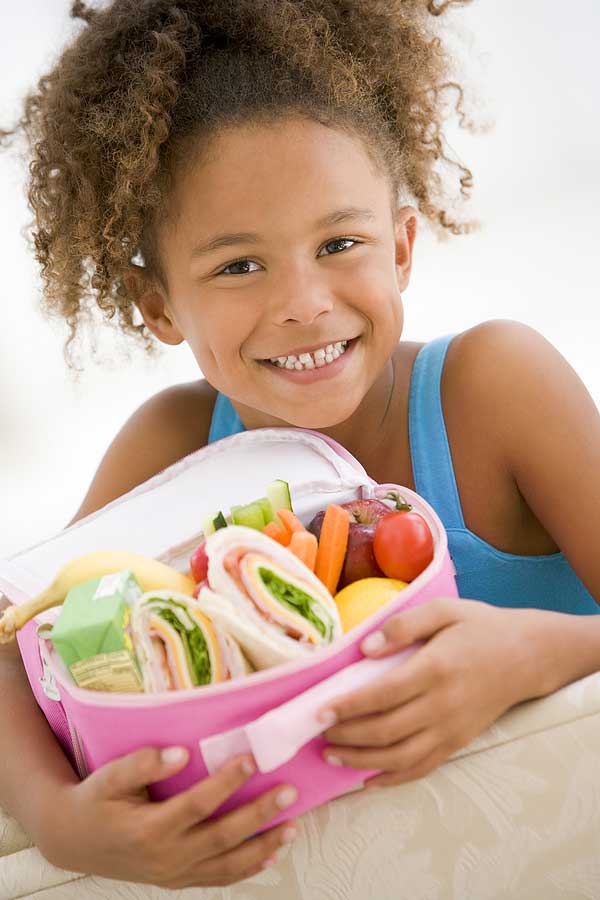
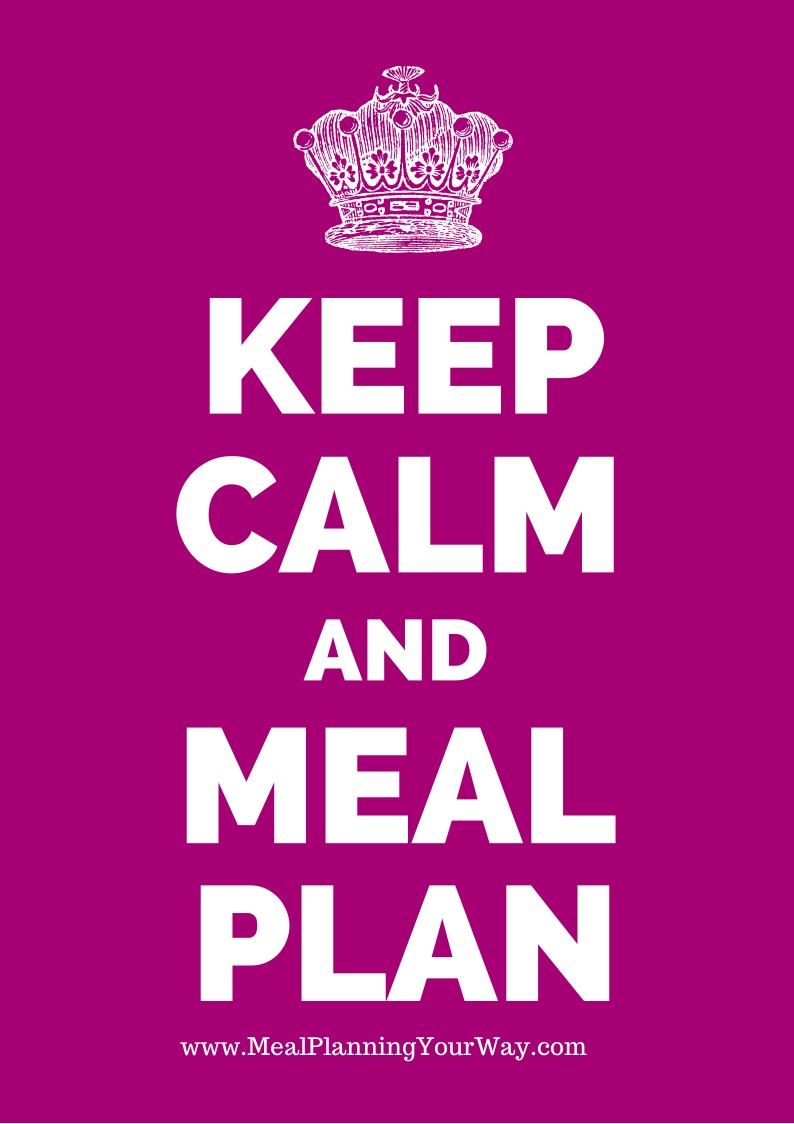
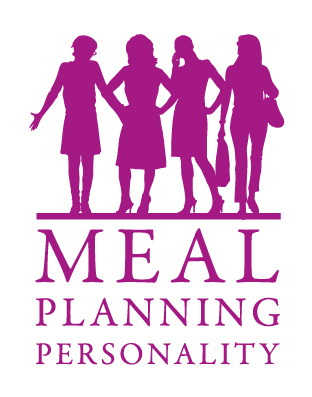





Comments on this entry are closed.
{ 1 trackback }